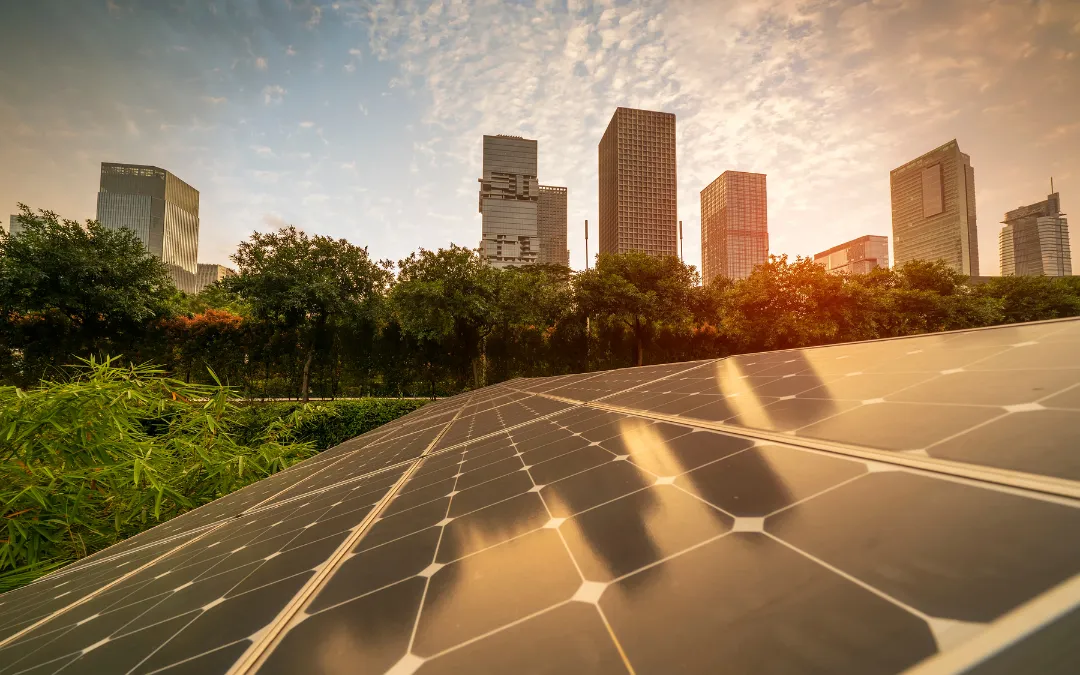Author: Manu Tayal, Saur Energy International
The Prime Minister of India, Narendra Modi rarely misses an opportunity to highlight the success of its renewable energy push, when given an opportunity. And it has good reason to do so. Besides taking installed renewable capacity (wind +solar) from barely 25 GW to an estimated 70 GW plus till now, the government has also been the proud founder of the International Solar Alliance (ISA), perhaps its biggest global initiative, ever, along with France.
Manufacturing in India and low costs, these two seemingly contradictory issues have led to a series of policy tinkering in recent years, none of which has quite achieved its objective, and left the sector struggling today, from all accounts. Let’s start with the biggest policy move of 2018. The Safeguard Duty on Solar imports, which was imposed on July 30, 2018, the 25 percent duty was meant to encourage Indian manufacturers, over a two year period, where it would gradually be phased down too.
According to Mr. K.R. Harinarayan, Founder and CEO, U-Solar Clean Energy Solutions Pvt. Ltd: “Since the duty change will only be a drop of 5percent, and the duty will still be quite significant at 20percent, we do not expect the import of modules to increase significantly, or consequently, the demand for domestic modules will continue to be strong after the reduction of SGD.”
Follow us on:


